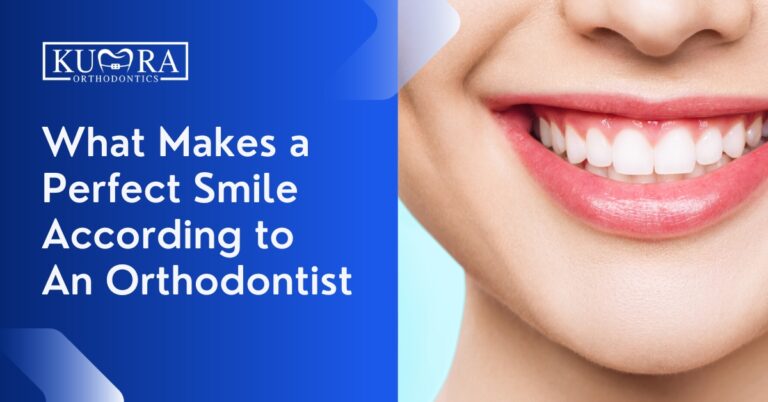The Ultimate Guide To Legacy Orthodontics
A Biased View of Legacy Orthodontics
Table of Contents7 Simple Techniques For Legacy OrthodonticsLegacy Orthodontics Things To Know Before You Get ThisNot known Details About Legacy Orthodontics Getting My Legacy Orthodontics To WorkTop Guidelines Of Legacy Orthodontics
In enhancement, we offer adjustable therapy timetables, versatile repayment options and a fun, satisfying experience.An orthodontist is a dentist educated to diagnose, prevent, and treat teeth and jaw abnormalities. They deal with existing conditions and are educated to identify troubles that might develop in the future. Orthodontists work with people of every ages, from kids to adults. People typically link an ideal smile with healthiness.
Malocclusion, or misaligned teeth, can lead to dental issues, consisting of tooth decay, gum disease, and hard or painful chewing. Not everyone is birthed with straight teeth. If you have a poor bite or big areas between your teeth, you may desire to speak with a dental professional focusing on orthodontic treatment.
The Only Guide for Legacy Orthodontics
( Image Credit Scores: DigitalVision/Getty Images) Orthodontists utilize repaired and removable oral tools, like braces, retainers, and bands, to change the setting of teeth in your mouth. Orthodontic treatment is for dental irregularities, consisting of: Crooked teethBite troubles, like an overbite or an underbiteCrowded teeth or teeth that are too much apartJaw misalignmentThe objective of orthodontic therapy is to boost your bite.
A healthy bite guarantees you can consume, eat, and speak effectively. While you might believe of orthodontists as mostly for kids or teenagers that need dental braces, they can remedy dental issues at any kind of age. Orthodontists participate in college, oral school, and orthodontic college. After college graduation, they invest 2 or 3 years in an orthodontic residency program.
, yet not all dentists are orthodontists. They concentrate on two locations: Exactly how to properly and securely relocate teeth How to effectively direct growth in the teeth, jaw, and faceOnce an orthodontist has actually finished training, they have the alternative to become board certified.
How Legacy Orthodontics can Save You Time, Stress, and Money.
Malocclusion leads to tooth overcrowding, a misshapen jaw, or uneven bite patterns. Malocclusion is normally treated with: Your orthodontist affixes metal, ceramic, or plastic square bonds to your teeth.
If you have only small malocclusion, you might have the ability to use clear braces, called aligners, as opposed to standard dental braces (https://www.nulled.to/user/6298513-legacyortho). Some people need a headgear to help move teeth into line with stress from outside the mouth. After braces or aligners, you'll require to put on a retainer. A retainer is a custom-made device that keeps your teeth in area.
They can produce extra space in the mouth without having to draw teeth. Orthodontists make use of cables, medical screws, or plates to sustain your jaw bone.
You may need to see check my blog an orthodontist if you have: Crowding or not enough space for every one of your teethOverbite, when your upper teeth come over your bottom teethUnderbite, when your base teeth are also much forwardSpacing or problems with gapsCrossbite, which is when your top teeth fit behind your base teeth when your mouth is closedOpen bite or an upright void between your front bottom and top teethMisplaced midline, when the facility of your base and top teeth do not line up Correcting a dental malocclusion can: Make biting, chewing, and talking easierImprove the symmetry of our face and your general appearanceEase discomfort from temporomandibular joint disordersDifferent your teeth and make them easier to clean up, assisting protect against dental caries or cavities It's commonly a dental expert that first notices misaligned teeth during a regular exam.
Some Ideas on Legacy Orthodontics You Should Know

During your very first orthodontic appointment, you'll likely have: An oral examPhotos taken of your face and smileDental X-raysPanoramic (360 degree) X-rays of your face and headImpressions to produce molds of your teethThese tests will certainly aid your orthodontist know just how to wage your therapy. leesburg braces. An orthodontist is a dental practitioner that's had training to treat your teeth and jaw
An orthodontist is focused on your bite, so something like a broken tooth would certainly be taken care of by a dental professional. Orthodontists are concentrated on your bite, or the method your teeth fit with each other, and the straightness of your teeth.
Ever before questioned how celebrities constantly appear to have flawlessly straightened teeth? The solution commonly hinges on the knowledgeable hands of an orthodontist. What exactly does an orthodontist do? Orthodontists are oral professionals that concentrate on dealing with irregularities in the teeth and jaws. Their knowledge surpasses simply developing a stunning smile; it reaches improving your total dental health and feature.
6 Easy Facts About Legacy Orthodontics Shown

, orthodontists have a diverse toolkit at their disposal. These reliable dental braces make use of a system of braces bonded to the teeth and linked by cords.
Clear aligners, like Invisalign, are a prominent option for patients seeking an extra very discreet treatment choice. These removable trays are custom-made to gradually shift the teeth's setting. Headwear may be used together with braces or aligners to use additional targeted pressures, especially for dealing with jaw discrepancies. In cases of narrow jaws, palatal expanders can be made use of to create space for appropriate tooth positioning.